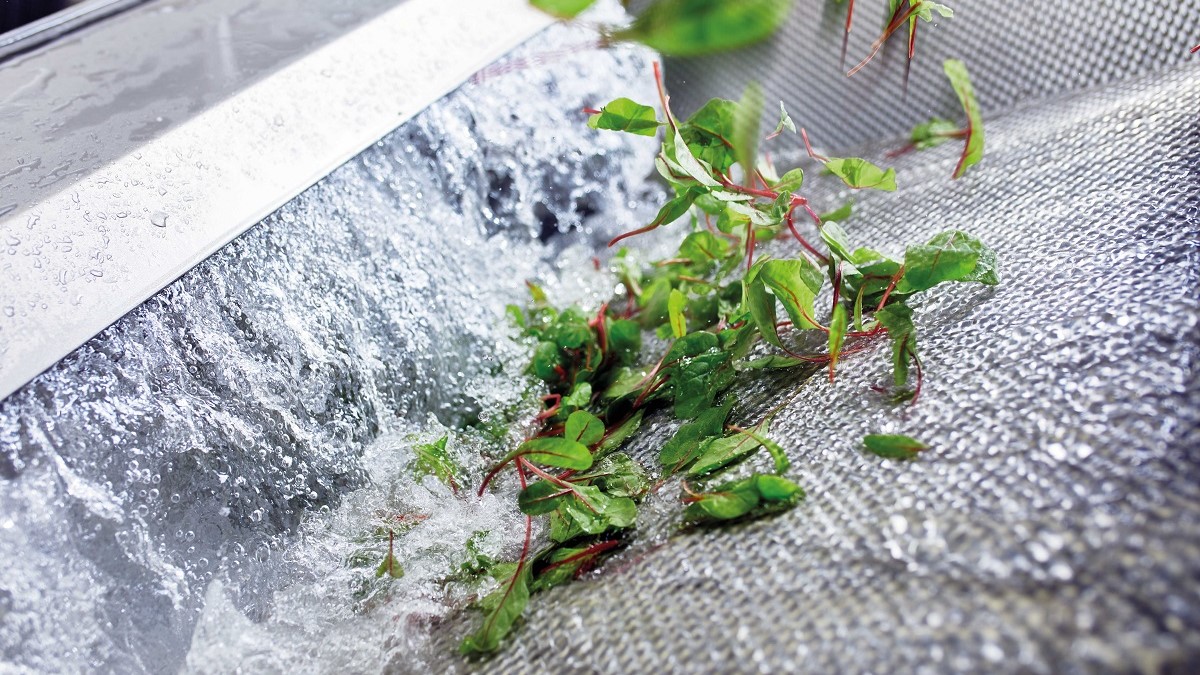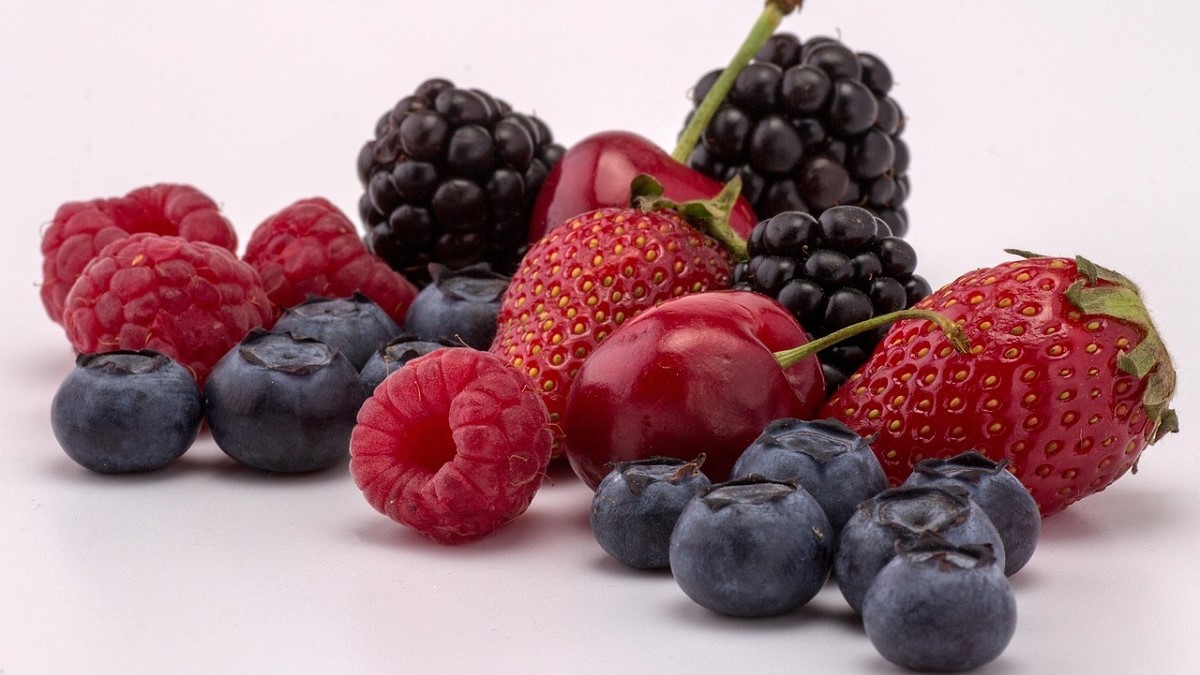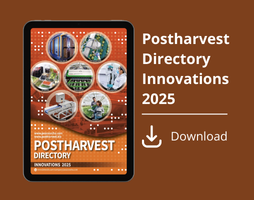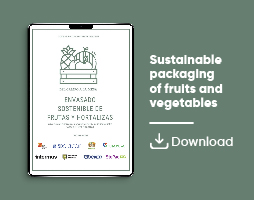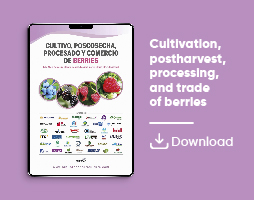Actualidad
Advantages and Challenges of Using Phages for Food Decontamination
The review, by Braz et al., also considers the incorporation of phages into packaging materials, an option with still some challenges associated
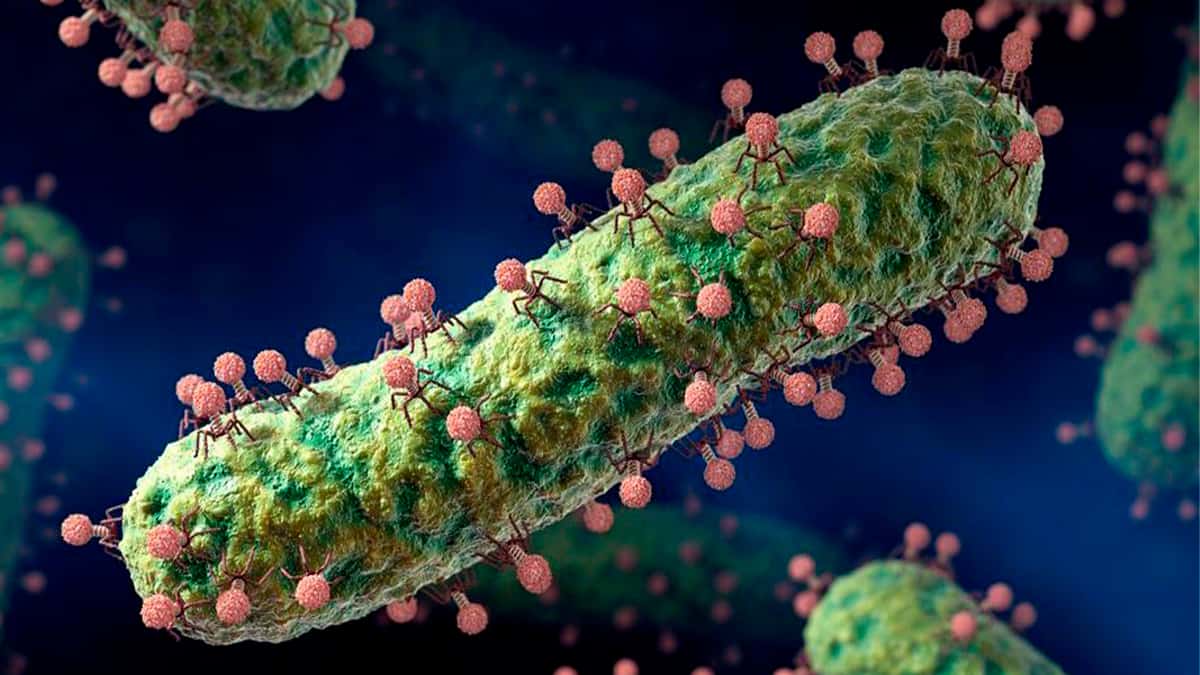
Redaccion
Infectious diseases resulting from unsafe food consumption are a global concern. Despite recent advances and control measures in the food industry aimed at fulfilling the growing consumer demand for high-quality and safe food products, infection outbreaks continue to occur.
This review stands out by providing an overview of post-harvest food decontamination methods against some of the most important bacterial foodborne pathogens, with particular focus on the advantages and challenges of using phages, including their most recent post-harvest applications directly to food and integration into active food packaging systems, highlighting their potential in providing safer and healthier food products.
The already approved commercial phage products and the numerous available studies demonstrate their antibacterial efficacy against some of the most problematic foodborne pathogens in different food products, reinforcing their possible use in the future as a current practice in the food industry for food decontamination.
Moreover, the incorporation of phages into packaging materials holds particular promise, providing protection against harsh conditions and enabling their controlled and continuous release into the food matrix. The effectiveness of phage-added packaging materials in reducing the growth of pathogens in food systems has been well-demonstrated. However, there are still some challenges associated with the development of phage-based packaging systems that need to be addressed with future research.
Introduction
Infectious diseases caused by the consumption of contaminated food pose a significant public health threat worldwide. The recurrent use of antibiotics has contributed to the alarming rise in multidrug-resistant bacterial strains and resistance genes, exacerbating this problem.
Despite several efforts of the food industry to reduce foodborne pathogens in their products, foodborne infections remain a leading cause of hospitalizations and fatalities on a global scale.
According to the World Health Organization (WHO), unsafe food consumption leads to 600 million foodborne illnesses and 420,000 deaths annually, imposing an economic burden exceeding USD 110 billion [1].
Bacterial pathogens
Campylobacter spp., Salmonella spp., Shiga toxin-producing Escherichia coli (STEC), and Listeria monocytogenes are among the most reported foodborne pathogens in food outbreaks [2].
Other bacteria, such as Vibrio spp., Cronobacter sakazakii, and Shigella spp. have also been reported in a considerable number of cases. Bacillus cereus, Clostridium botulinum, Clostridium perfringens, and Staphylococcus aureus are particularly important due to the production of bacterial toxins.
In 2021, although the majority of foodborne outbreaks caused by toxigenic bacteria were related to Bacillus cereus toxins, the highest number of deaths and hospitalizations were mainly caused by C. perfringens and S. aureus toxins, respectively.
The European Centre for Disease Prevention and Control (ECDC) has reported several outbreaks associated with contamination of different foods with these bacterial pathogens and toxins, emphasizing the importance of addressing contamination in the food supply [2].
Bacteriophages as a decontamination strategy
Efforts to mitigate the microbial burden in food, particularly in raw products like fresh fruits and vegetables, involve an array of decontamination strategies, including thermal and non-thermal methods. However, these methods face inherent limitations [3,4,5]. Therefore, there is a pressing need for more efficient, safer, and environmentally friendly approaches to reduce food contamination.
Bacteriophages are increasingly recognized as biocontrol agents with enormous potential for the food industry. Bacteriophages, or simply phages, are viruses that specifically infect bacteria, the most abundant entities on the planet.
Phages are obligate intracellular parasites that can reproduce only in the presence of a host bacterial cell. These viruses are innocuous to humans, animals, and plants [6], making them a safe alternative to conventional antibiotics and other treatments used in the food industry [7].
Phages as GRAS
The interest in phages is clearly highlighted by several phage-based products for direct application in food, with Generally Recognized as Safe (GRAS) status, to control some of the leading foodborne bacterial pathogens that have already reached the market.
Examples of commercial phage companies with Food and Drug Administration (FDA) approval for their food safety products include Micreos Food Safety, Intralytix, FINK TEC GmbH, Phagelux, and Passport Food Safety Solutions [8,9].
Application of phages
Several reviews have appraised the application of approved phages and also of other new phage suspensions directly in food against some of the most important foodborne pathogens [8,10,11,12,13,14] or specific bacteria, namely E. coli [15], Salmonella spp. [16], L. monocytogenes [17], and Campylobacter spp. [18].
Also, some review papers focus on the direct application of phages in a specific type of food, specifically on poultry meat against Salmonella spp. [16,19,20,21]. However, the successful application of phages in food still requires strategies to ensure their stability during food processing, transportation, and storage [9].
Many food environments subject phages to challenging physicochemical conditions, such as low pH levels on the surface of certain fruits and high storage temperatures during food transportation, which may lead to phage inactivation.
Active packaging with phages
The incorporation of phages into different materials are often employed in the context of active packaging systems designed to safeguard phages, maintain their stability, and facilitate controlled release, as recently reviewed by García-Anaya et al. (2023) [22].
In particular, this review addressed studies on phage incorporation in edible films and coatings and the associated challenges of applying them to foods.
The reviews available in the literature generally either discuss free phages or incorporated phages, some focus only on a specific bacteria or food, while others bring together pre- and post-harvest phage applications, with an integrative and detailed overview of phages for post-harvest food decontamination still missing in the literature.
Thus, with this review, we attempted to fill this gap and gather here all the important information regarding food decontamination only at post-harvest level, focusing on the application of phages in their free form directly in food or incorporated into food packaging in a variety of different products and against the most important foodborne bacteria.
This review examines some of the studies already outlined in other reviews but also includes the most recent articles in this field; since there is a growing interest in phages, this is an area in constant development and research. Regarding phage incorporation in food packaging, we tried to include all available relevant studies in the literature, considering that the majority of reviews only present a few studies on this topic.
In this context, this study offers an overview of available methods to reduce microbial contamination in food, with a particular focus on recent developments in the application of phages.

Figure 2 of the original paper - Phage applications in the food sector, highlighting the applications addressed in this review: direct phage application in food and their incorporation into food packaging systems
Sources
Braz, M.; Pereira, C.; Freire, C. S. R.; Almeida, A. (2025).
A Review on Recent Trends in Bacteriophages for Post-Harvest Food Decontamination
Microorganisms, 13(3):515.
https://doi.org/10.3390/microorganisms13030515
Main picture
https://olhardigital.com.br/2023/08/09/medicina-e-saude/existem-virus-capazes-de-vencer-bacterias-resistentes-a-antibioticos-revela-pesquisa/
Acceso el 25/06/2025.


